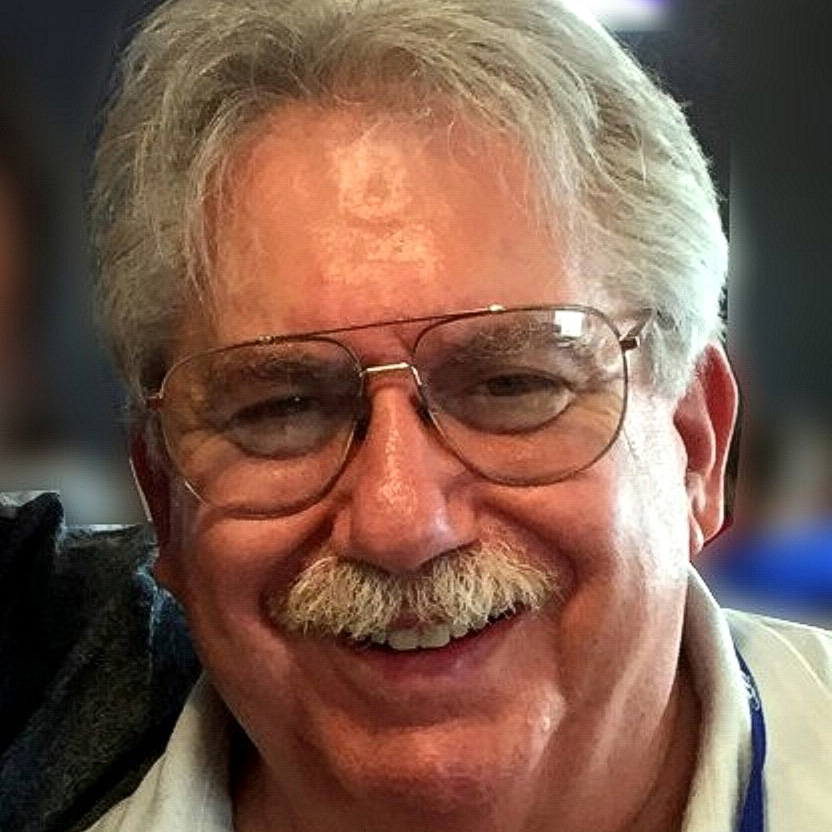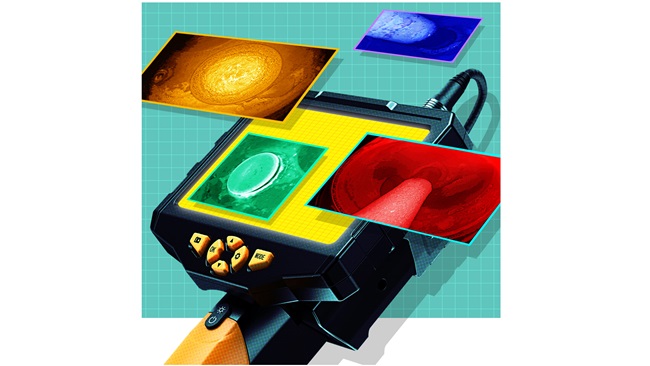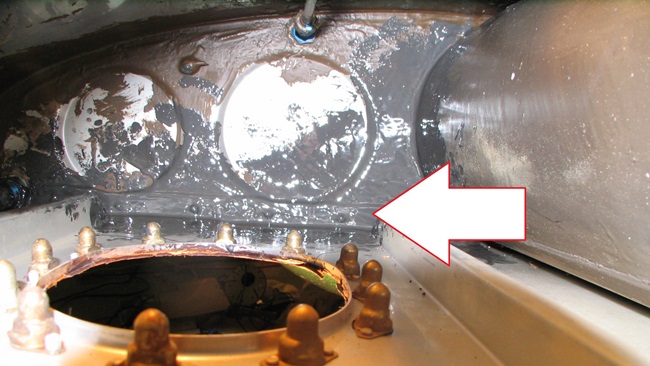 pruce
pruce
Opinion: Savvy maintenance
Risky business: Why it’s is nearly impossible to install a cylinder properly when the engine is on the airplane

I have been involved with at least a half-dozen of these maintenance-induced catastrophic engine failures—as an expert witness or investigator—where the engine either threw a rod through the crankcase or sustained the complete separation of a cylinder from the engine, resulting in a total loss of power. In some cases, the pilot made a successful forced landing; in others, the outcome was serious injury or death.
Cylinder replacement is a procedure that needs to be executed perfectly. If it isn’t, there can be dire consequences.Cylinder replacement—and especially replacement of multiple cylinders at once—is a procedure that needs to be executed perfectly. If it isn’t, there can be dire consequences. Yet it’s a procedure that most career general aviation A&Ps perform routinely without any apparent concern. Why aren’t these mechanics nervous? Undoubtedly because they are convinced that they always perform the cylinder transplant procedure properly, and that only careless or incompetent mechanics screw it up.
That’s wrong, and here’s why.
Is “properly” impossible?
Roger D. Fuchs—veteran A&P/IA, aircraft engine overhauler, accident investigator, expert witness, FAA-designated engineering representative, and really smart guy—has done more research on engine assembly practices and fastener torque than anyone I know.
“My concern comes out of decades of experience with Continental engines, particularly the design of crankcases, main bearings, fasteners, and assembly practices,” Fuchs said. “All my experience indicates that there is a major risk to safety and airworthiness when performing cylinder replacement on mid- to high-time Continental engines, not as a result of improperly performed maintenance actions but rather as the result of maintenance actions which experienced mechanics are attempting to perform properly according to the manufacturer’s recommendations as published.”
Fuchs contends that there’s a significant risk that an engine might come apart after cylinder replacement—especially a top overhaul—even when the work is performed exactly as prescribed by the manufacturer. How can that be? According to Fuchs, the root cause of spun bearings, thrown rods, and separated cylinders is simply “failure to achieve sufficient preload in the assembled fasteners.”
You may recall from my January 2020 column (“Savvy Maintenance: Tense Bolts”) that “preload” is the technical term for the clamping force created by tightening a fastener, typically a threaded bolt or stud, that holds assembled parts together. Having sufficient preload is the key to a strong and reliable bolted joint that will not loosen, break, or shift under load. For a bolted joint to be stable under cyclic repetitive stress, the preload on the fasteners must be greater than the maximum stress that is trying to pull the joint apart. Unless this condition is met, the joint will shift under load and the fasteners will ultimately fail from repetitive stress fatigue.

How do we obtain the desired preload when installing a cylinder? In a perfect world we’d tighten the cylinder base nuts so that the deck studs stretched by about 0.005 inch and the through bolts stretched by about 0.035 inch. In the real world, unfortunately, mechanics have no practical way of measuring the stretch of the deck studs and through bolts, so they are forced to rely on using a calibrated torque wrench to tighten the nuts to manufacturer-specified torque values in an attempt to establish fastener preloads that are in the desired ballpark. This turns out not to be a very reliable method.
The trouble with torque
The problem with the torque-wrench method is that the amount of fastener preload generated by torqueing a nut to a specified torque value can vary quite a bit. That’s because the lion’s share of the applied torque is dissipated overcoming friction—both friction under the nut face and friction of the threads—leaving only a small and rather unpredictable portion of the applied torque to generate preload on the fastener.
If the fastener is torqued dry, then 85 to 90 percent of the applied torque is dissipated overcoming friction, leaving only 10 to 15 percent to generate preload. That’s why both Continental and Lycoming specify that cylinder deck studs and through bolts should be torqued “wet” (by applying lubricant to the fasteners) to reduce these frictional losses and increase the preload achieved by torqueing to a specified value.
While it’s usually easy enough to do this properly when the engine is out of the airplane and sitting on an engine stand with unobstructed access, it’s almost impossible to do when the engine is mounted in the airplane.The wet torque method works adequately during initial engine assembly at the factory or engine overhaul shop when the engine is mounted on an assembly stand and all the bolts, studs, and nuts are brand-new. But it works far less well when cylinders are being replaced in the field with the engine still mounted in the airplane.
Obstacles to proper preload
Roger Fuchs identified five obstacles to achieving proper fastener preload when performing cylinder installation on an engine mounted in the airplane:
1. The fasteners aren’t new. When an engine is initially assembled at the factory (or by a first-rate overhaul shop), the through bolts, deck studs, and cylinder hold-down nuts are all brand-new with cadmium-plated threads in perfect condition. The cad plating is very slippery (helping to reduce friction) but very thin (typically 8 microns thick, one-tenth the thickness of a human hair) and relatively soft, making it easy to damage.
Many field-overhauled engines are assembled with repaired crankcases in which the deck studs are not replaced and may have been torqued numerous times, with most or all cad plating removed by wear or cleaning. Through bolts and hold-down nuts may also be reused, although they shouldn’t be.
Things get even worse when cylinders are replaced with the engine mounted on the airplane. Through bolts and deck studs are never replaced, and hold-down nuts may be reused at the mechanic’s discretion. The threads of through bolts, deck studs, and hold-down nuts may be worn or damaged, but it’s almost impossible for a mechanic in the field to evaluate this.
2. Fasteners may not be adequately lubricated. Both Continental and Lycoming specify that cylinder fasteners are to be torqued wet. Continental calls for using 50-weight engine oil, while Lycoming suggests using a 90/10 mixture of engine oil and STP additive.
To achieve proper preload, the lubricant needs to be slathered onto both the fastener threads and the nut face area. But according to Fuchs, “mechanics are generally reluctant to use much oil on threads and nut faces during cylinder assembly” because it “conflicts with their innate desire for tidy-looking engines.” Fuchs said, “I find use of too little lubricant rather common in the maintenance industry; it’s a very serious issue when assembling used fasteners.”
3. The lubricant itself is rather poor. Fuchs also pointed out that plain 50-weight engine oil (e.g., Aeroshell W100) is a lousy thread lubricant because it lacks synthetics and anti-wear additives that would make it much slipperier. Add this to the likely loss of slippery cad plating from the worn fastener threads, not to mention the possibility of thread damage, and it’s anybody’s guess whether proper torque will result in proper preload.
4. Wrench access is limited. Both Continental and Lycoming call for a two-phase tightening procedure where all the cylinder hold-down nuts are first torqued to 50 percent of their final torque in a specified tightening sequence, and then they are torqued to 100 percent of their final torque following the same sequence. An important reason for doing it this way is that consistent results can be obtained only if the final tightening sequence is performed using a single continuous motion of the torque wrench. If the movement of the wrench is interrupted, the click from the wrench that signifies that the specified torque has been achieved may occur too early, because breakaway torque is significantly higher than running torque.
While it’s usually easy enough to do this properly when the engine is out of the airplane and sitting on an engine stand with unobstructed access, it’s almost impossible to do when the engine is mounted in the airplane—where cooling baffles and various other components restrict wrench movement. Frequently, two or three “bites” of the wrench are needed before final torque is achieved, and each bite adds uncertainty to the result. “This is particularly true when wrench rotation must be stopped as the nut is approaching the desired ‘click’ of the wrench—but not quite there yet,” said Fuchs. “Time after time when the wrench is removed before it clicked, the wrench will click immediately upon attempting to tighten the nut further with no additional rotation of the nut.” This deceives the mechanic into believing that proper preload has been achieved when it almost certainly hasn’t.
5. Manufacturer instructions are incomplete. The published guidance from Continental and Lycoming leaves a lot to be desired. For example, Continental’s overhaul manuals emphasize that when a cylinder is replaced, the nuts on both ends of each through bolt must be torqued. Many mechanics ignore this and don’t bother with torqueing the nut on the opposite side of the engine. But even if they do, there’s nothing in Continental’s guidance suggesting that the opposite-side nut should be removed and the nut and threads be lubricated, nor that the opposite-side threads should be cleaned and the opposite-side nut be replaced with a new one. It’s dubious that following Continental’s published guidance will accomplish anything useful regarding torqueing the opposite-side nut—which is probably why so many mechanics don’t even bother with it unless they’re also replacing the opposite-side cylinder.
Be afraid
If you have a cylinder repaired or replaced, your conscientious A&P probably employed what would generally be considered proper maintenance practices. The torque wrench could have been calibrated recently, set to the proper torque value, and given the reassuring click indicating that the desired torque value was achieved. And yet it’s entirely possible that some of the fastener preloads achieved may be below the design minimum required for safety and reliability of the engine.
Most of the time you and your A&P will get lucky; the cylinder will stay attached to the engine and the main bearing won’t spin. But occasionally—despite your mechanic’s best efforts—one of those bad things will happen.
Of course, any time multiple cylinders are replaced—especially top overhauls where all of them are replaced at one time—the probability of failure increases exponentially with the number of fasteners that are messed with. Food for thought next time your mechanic suggests that it might be a good idea to pull some jugs.
My advice: Never pull a cylinder if you can possibly avoid it. Try to avoid pulling more than one at a time if you possibly can. Eschew top overhauls like the plague. If there’s no alternative, ask your mechanic to read this article to help ensure he does the work with an appropriate level of trepidation.
Mike Busch is an A&P/IA. Email [email protected], savvyaviation.com



